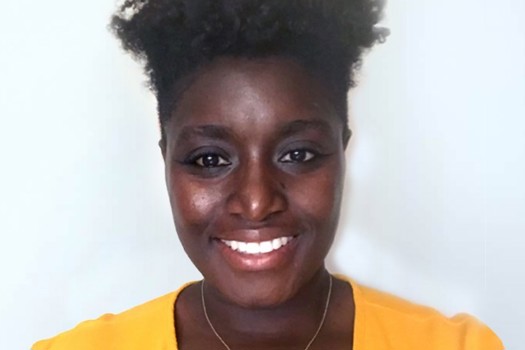As a consequence, organisations are increasingly expected to take a stance on these issues and show how they are actively promoting DE&I.
Through the lighthouse effect I aim to show how everyone, individuals and organisations alike, can be the positive change they want to see in the world by telling the stories of those who have had an impact on my own life.
Reinforcing DE&I efforts:
How to build a culture that supports internal talent development and mobility
How can organisations create a sense of belonging in the workplace?
How can HR prepare businesses for change?
Why ‘lighthouse’?
I chose the image of the lighthouse for its universality. There are nearly 23,000 lighthouses across the world and some of these have been around for centuries. Secondly, and most importantly, I chose the lighthouse because it reflects all of the best elements in humanity: selfless, humble, steadfast, providing safe sanctuary and guidance to others while seeking nothing in return.
We all have human lighthouses in our own personal and professional lives: the teacher who never gave up on you, the manager who encourages you to reach your goals, the friend who was a light for you in your darkest moment.
There are public examples too, such as the young, black footballer, Marcus Rashford, who selflessly spearheaded a campaign to ensure MPs continued to provide food to families whose children did not have access to free school meals during lockdown.
Harness the ‘human lighthouse’ to drive DE&I
A quality of the lighthouse that is particularly pertinent to DE&I is that it is non-judgemental: it is not concerned with labels, whether they be related to race, gender, sexual orientation or political beliefs.
In the workplace, individuals can achieve real change by both recognising their own ‘lighthouses’ and aiming to be one themselves for others. In this way, employees can drive a positive culture of mutual recognition, which in turn leads to greater diversity, equity and inclusion.
There was a wonderful example of this recently when Adele publicly recognised her secondary school English teacher for the impact she had on her life.
Recognition ensures all employees feel heard, valued and appreciated, therefore leading to greater feelings of belonging and inclusion at work.
Implementing a company-wide, peer-to-peer recognition programme within your organisation is a powerful and proven way to retain a diverse workforce and ensures that we are getting diverse perspectives into our products and services.
WHiQ research shows that the more recognition connections, the more inclusive employees said their organisation was.
By championing the qualities of the ‘human lighthouse’ by encouraging regular check-ins and expressing gratitude and recognition, organisations can ensure a diverse and inclusive workplace culture. This in turn empowers organisations to retain their employees, even in the light of the great resignation and ongoing talent crisis in the UK.
Steve Pemberton is chief human resources officer at Workhuman









